Discovering Okinawa’s Subtropical Mangroves
Paddle into the intertidal zone of mangrove ecosystems
From the primeval forests of Yanbaru to the jungle island of Iriomote, Okinawa’s mangroves create unique ecosystems that host biodiverse native fauna. Mangroves grow in many places throughout Okinawa’s main island and remote islands. As some of these spots are located near urban or commercial centers, you can observe mangroves in various ways in combination with other sightseeing activities. Some mangrove habitats are equipped with boardwalks, which makes them easy to enjoy even with light clothing. For a more immersive experience, explore the mangroves at water-level from a kayak or other guided activities.
What are mangroves?
Mangroves refer to the various trees that grow in the intertidal zones of brackish water estuaries at the confluence of rivers and seas, in tropical and subtropical areas. Their tentacle-like aerial roots breathe and support the plants in unstable tidal flats, while their high resistance to salt allows them to survive in seawater.
Mangroves absorb large amounts of carbon dioxide and slow the movement of tidal waters, causing sediments to settle and build up the muddy swamps that protect coastal areas from erosion due to tides, typhoons, and tsunamis.
In Japan, the largest number of mangroves can be seen in Okinawa. Five families and seven species of mangroves grow here. Among them, the hirugimodoki mangrove is a rare species that in Japan can only be seen in Okinawa, as the northern limit of its habitat.
Okinawa’s mangrove forest inhabitants
Okinawa’s diverse mangroves also provide a precious habitat for many migratory birds, fish, and crustaceans. At low tide, barred mudskipper fish poke their heads above the water, as endemic Okinawa fiddler crabs, whose males have an oversized one side claw, emerge from their burrows in the muddy marsh to feed on microalgae and other scavenged organic debris. Endemic Ryukyu soldier crabs rise out of the sand and swarm across the lagoon, dodging bird shadows, while hermit crabs stray from the coral reef.
Keep an eye out for large mounds of mud with a hole in the center, both in the ground and between the trees — these are the homes of giant Okinawa mud lobsters that burrow into the mud at night, stirring up organic matter from deep sediment, which recycles nutrients in the mangrove ecosystem.
Observing the mangrove ecosystem
The food chain begins with microalgae that photosynthesize in shallow marsh waters. Algae and mangrove leaves are eaten by crabs, mollusks, and barred mudskippers, which are eaten by other crustacea and birds. Nutrients are released into the water from the excrement of these creatures and fallen mangrove leaves.
The higher the nutrients are in the water, the more phytoplankton and zooplankton feed off them. As dead plankton accumulate with remains of microorganisms in the water and on the soil, this detritus becomes food for small creatures such as crabs and small fish, which are eaten by larger fish and shorebirds such as whimbrels, herons, egrets, and cormorants.
Many small fish, crabs, and shrimps born in coral reef areas also feed and hide from predators in mangrove forests, so if either of these two habitats is compromised, both coral reefs and mangrove forests will be affected.
Where to find mangrove forests across the archipelago
Okinawa’s largest mangrove communities are on the remote Yaeyama Islands of Iriomote and Ishigaki, and around Gesashi Bay in the southern part of Yanbaru on the main island.
If you’re flying into Naha, the Manko Waterbird and Wetland Center is near the airport and can be easily accessed via a peaceful riverside promenade. Further north on the main island, The Okukubi river estuary in Kin Town offers convenient ways for visitors to observe mangroves, both from wooden walkways and on kayaks.
Kayaking the Gesashi Bay Mangroves
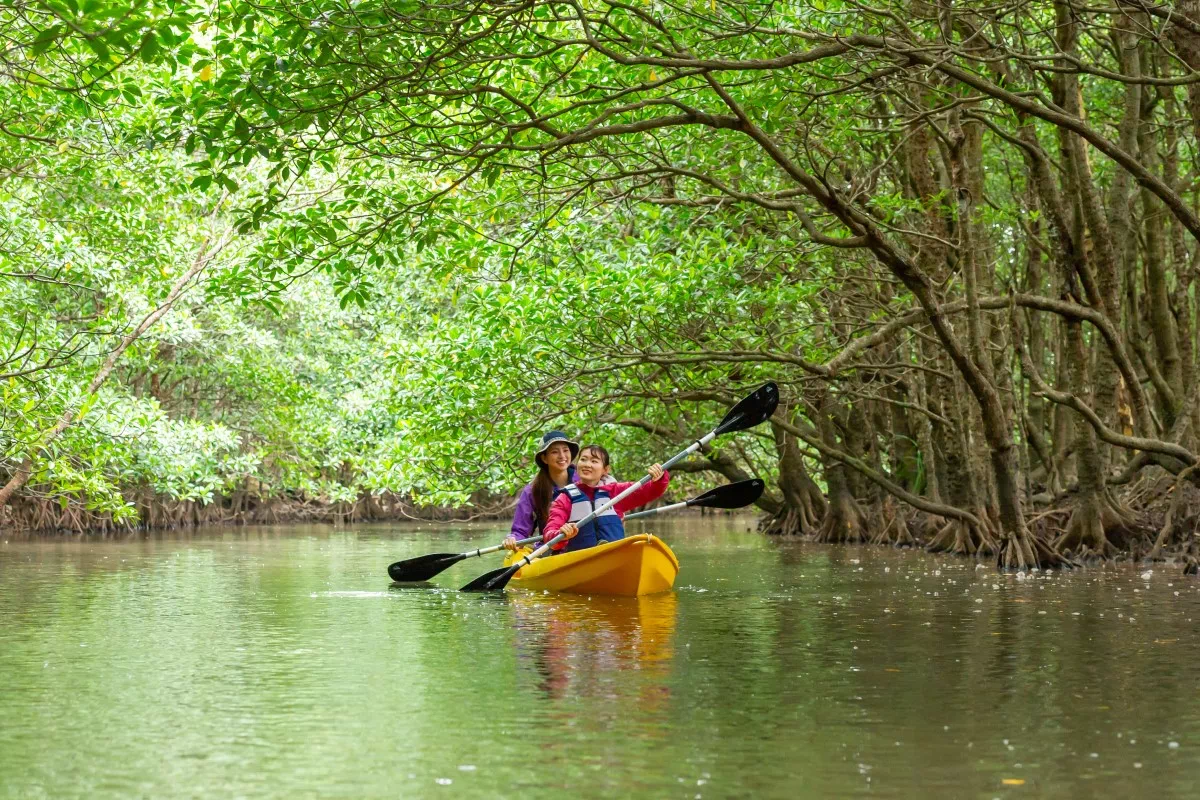
While wooden walkways and observation decks are the most accessible point of entry into many mangrove forests, a more immersive and rewarding way to discover mangroves is at water level on a kayak.
Gesashi Bay’s primeval mangrove forest is the largest mangrove forest where you can kayak on Okinawa’s main island, stretching 10 hectares from the mouth of the Gesashi River. Here you can observe Okinawa’s various mangrove species up close, as well as the diverse animals in the mangrove ecosystem.
Once you explore the mangroves from an intimate perspective, in calm flowing waters sheltered from wind and turbulence, you can better appreciate the rich habitat and natural buffer zone they create for Okinawa’s native flora, fauna, and people.






















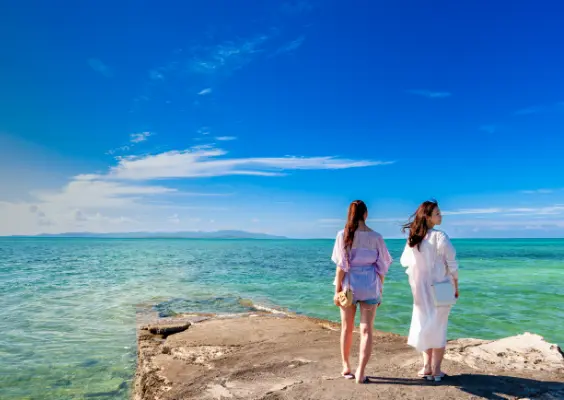
 Facebook
Facebook Twitter
Twitter Copy URL
Copy URL


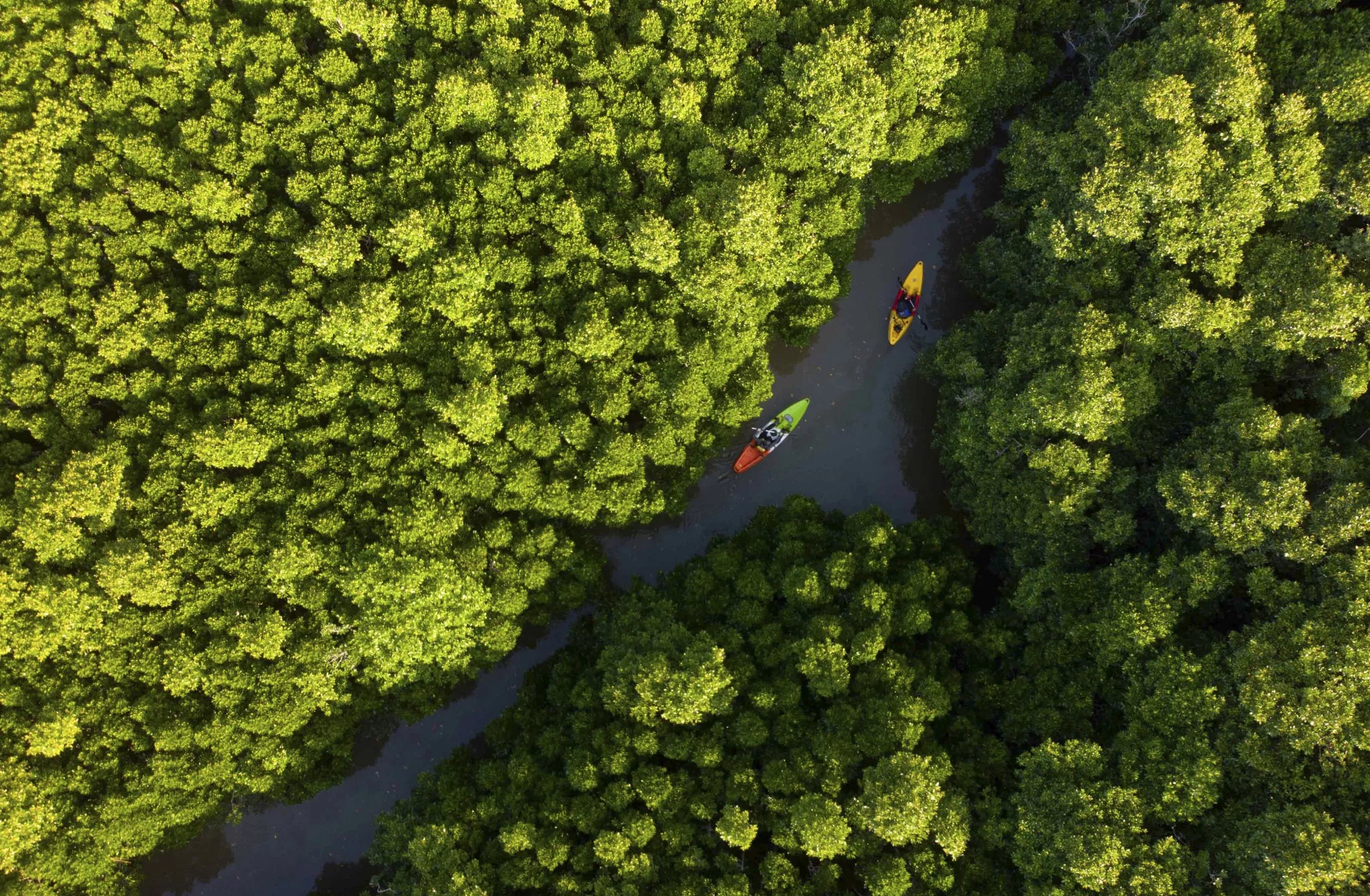
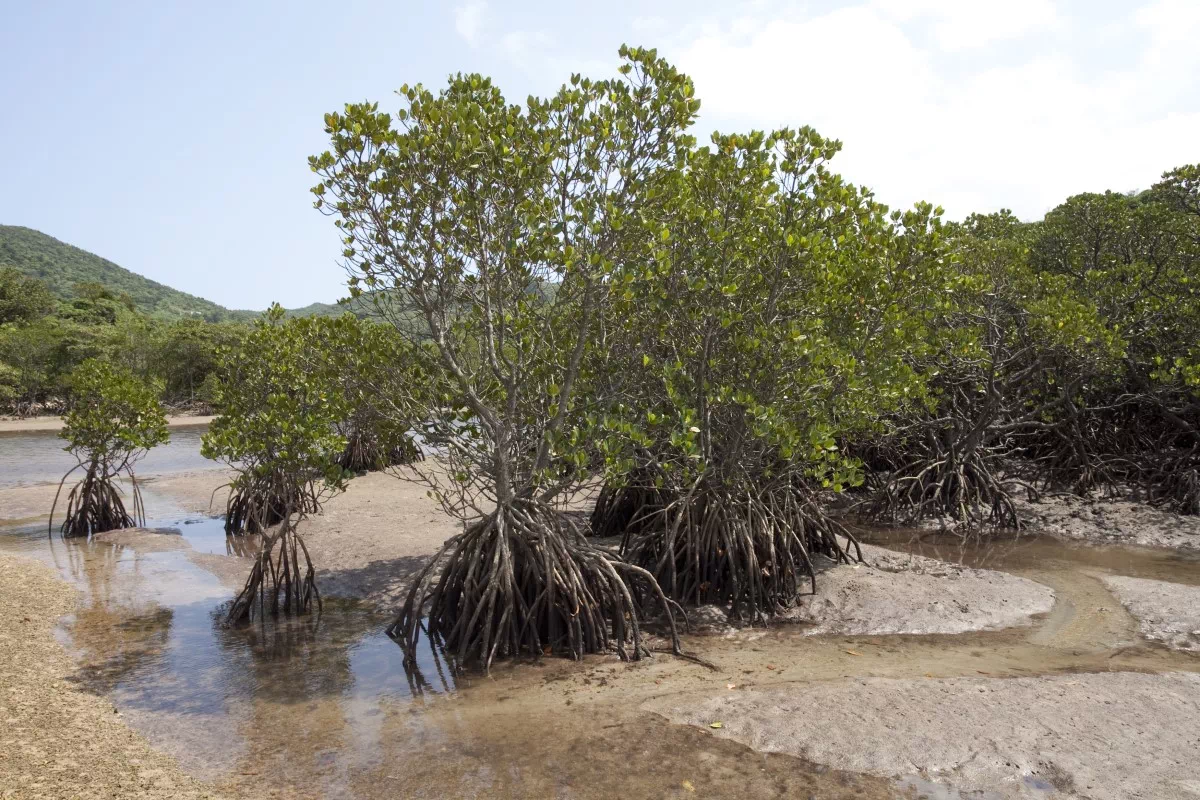
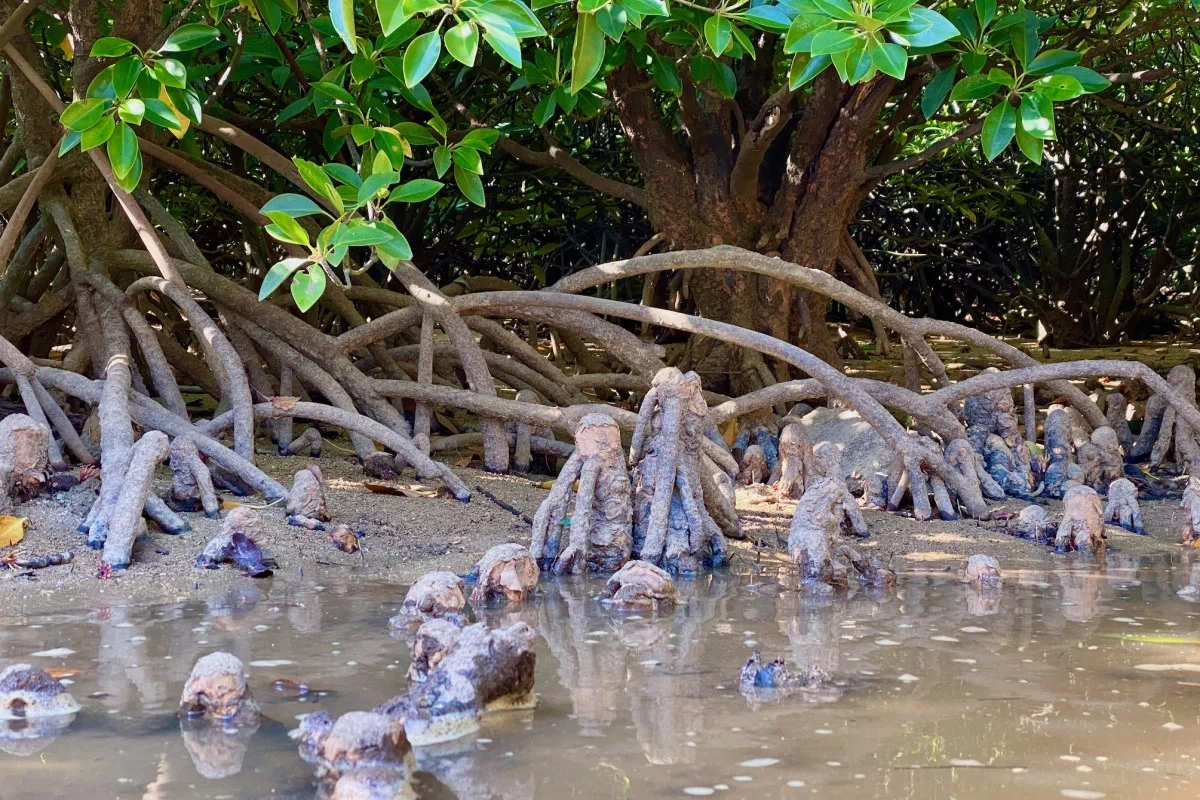
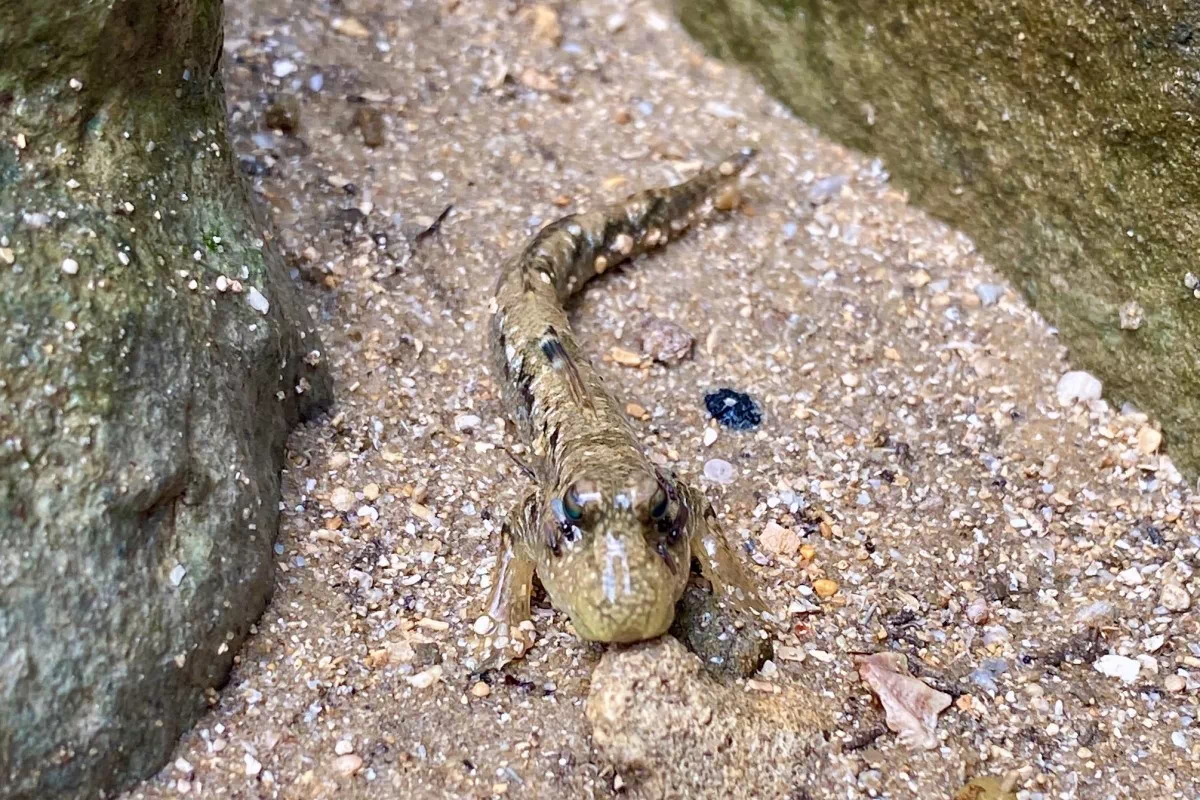
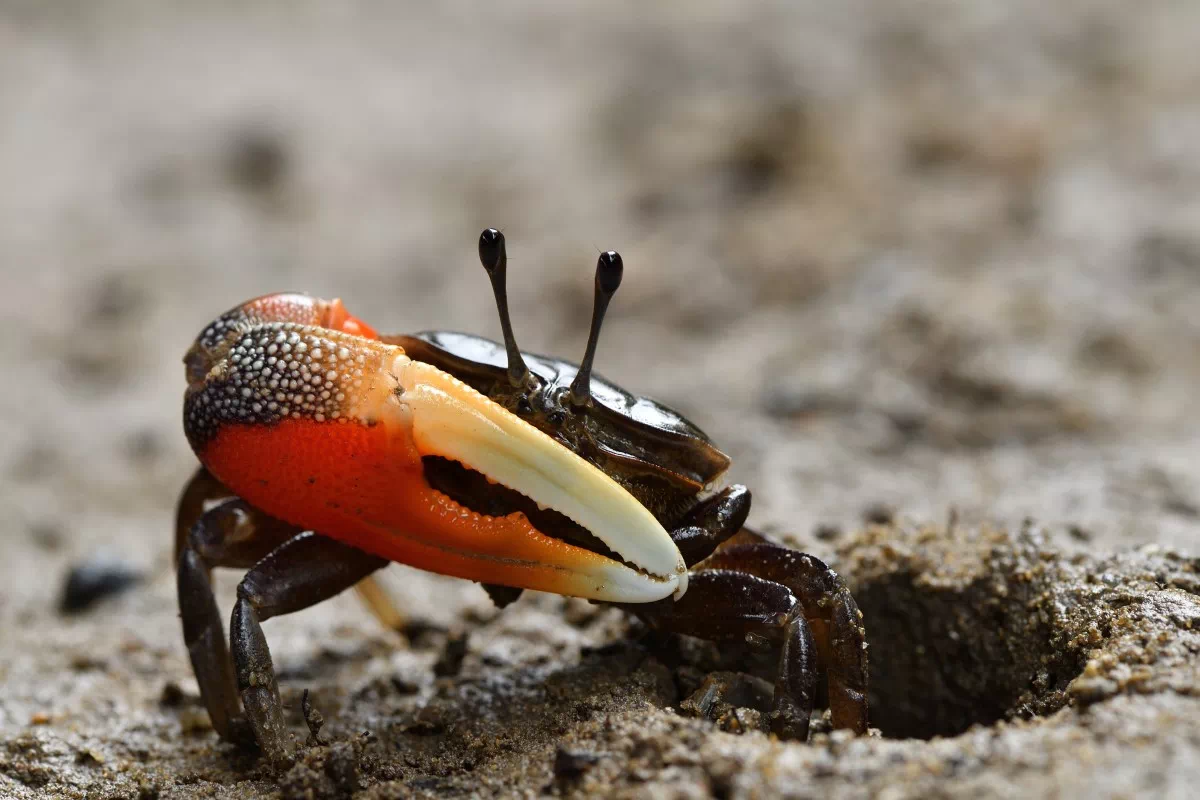
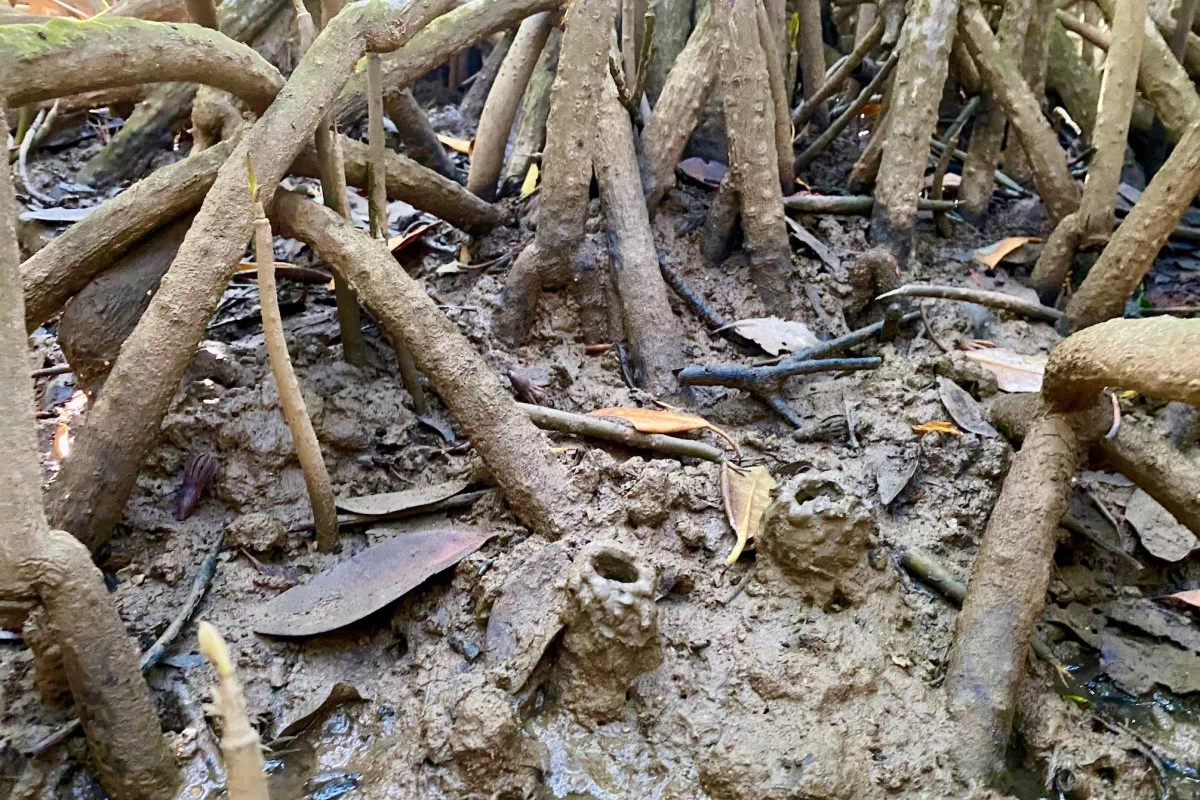
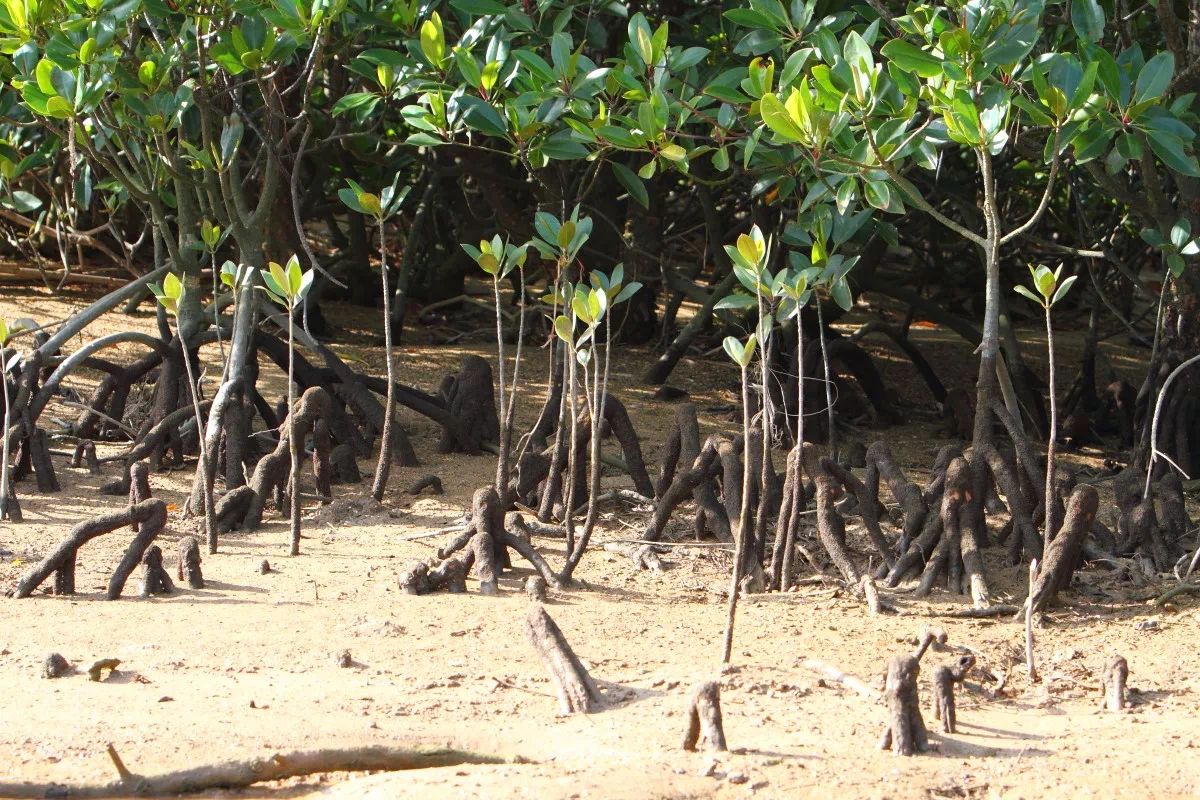
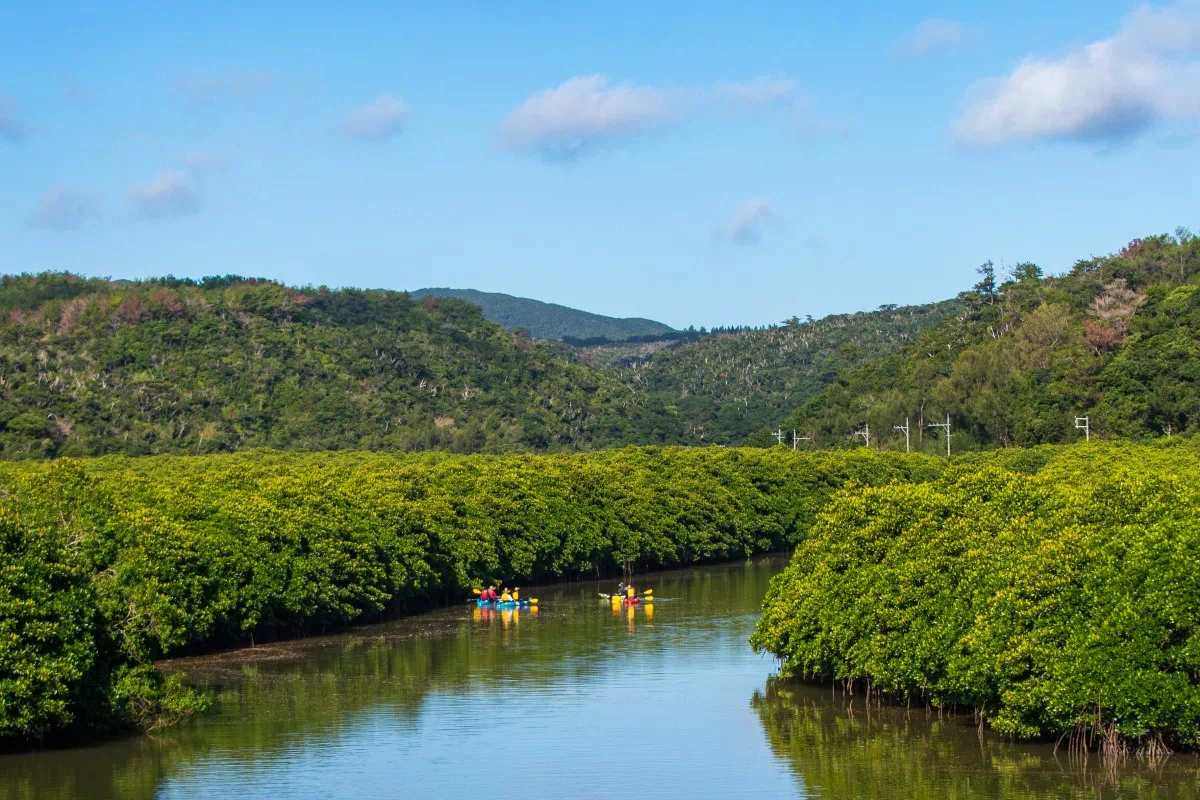
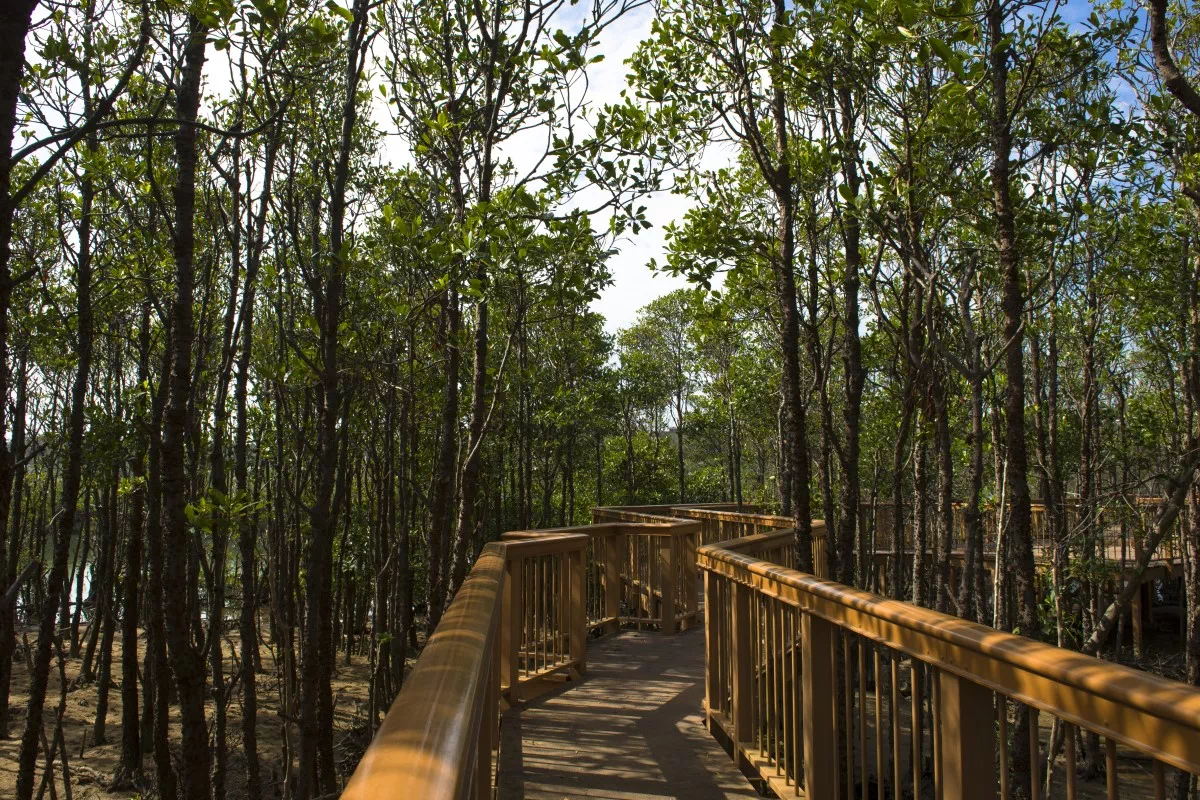
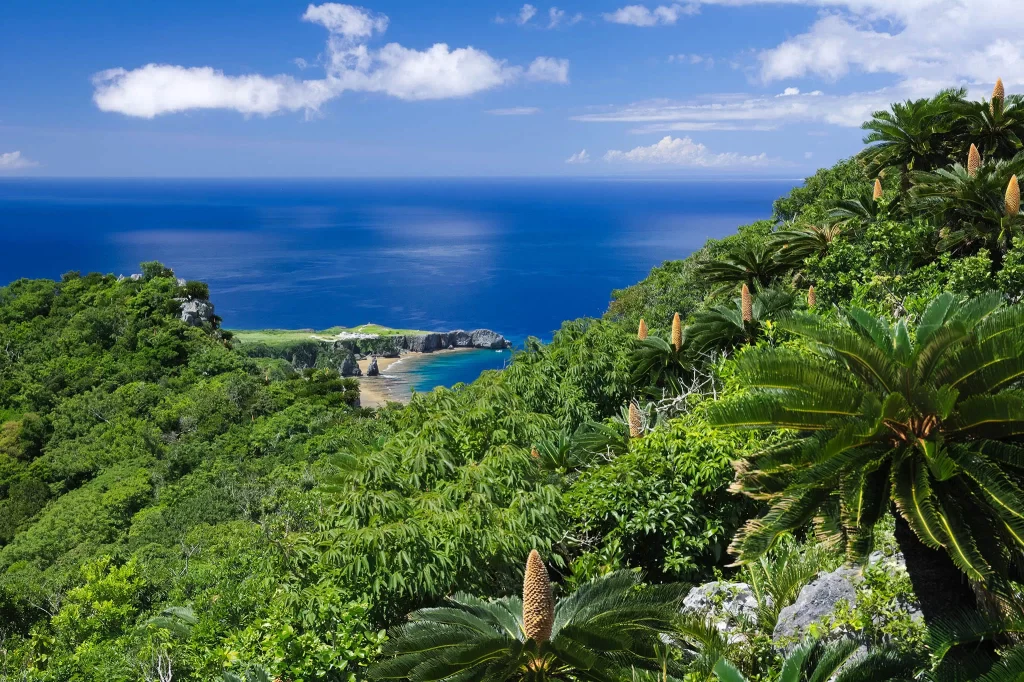
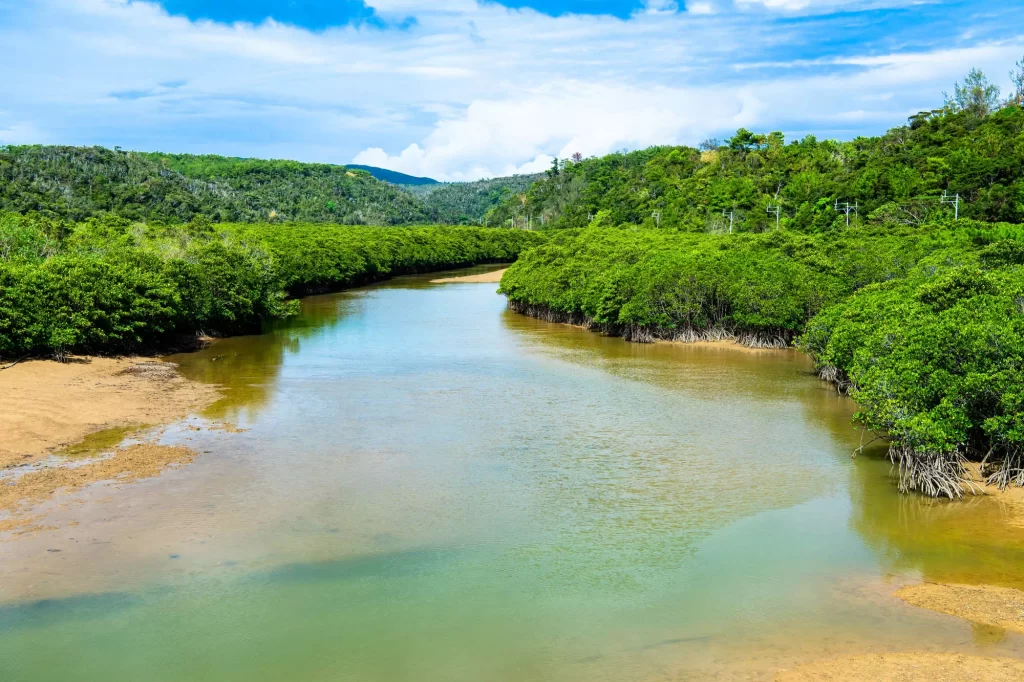
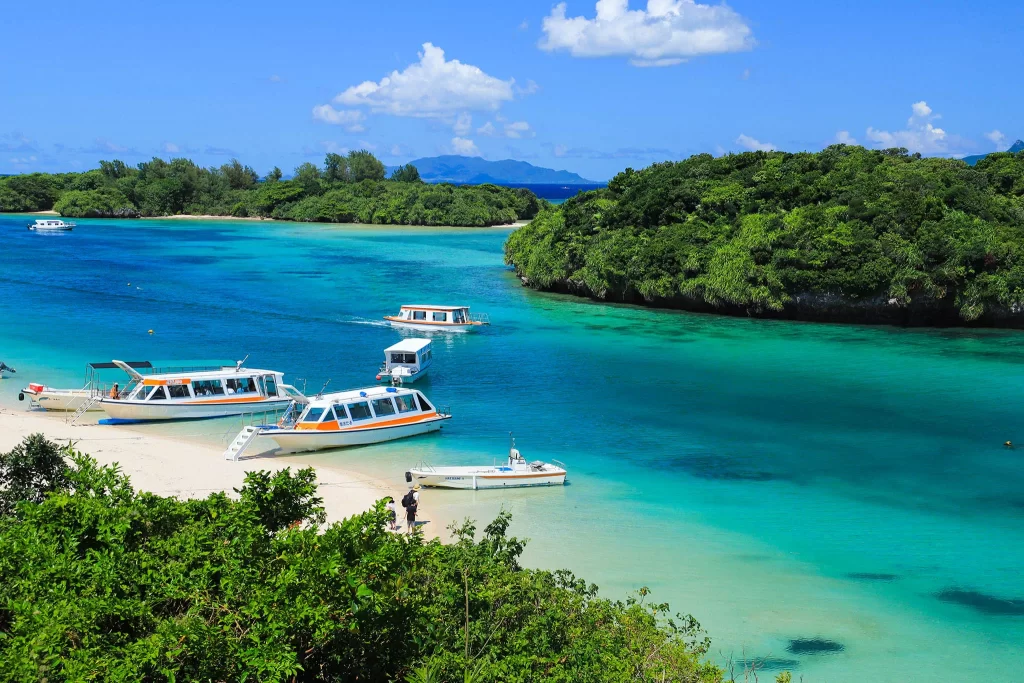
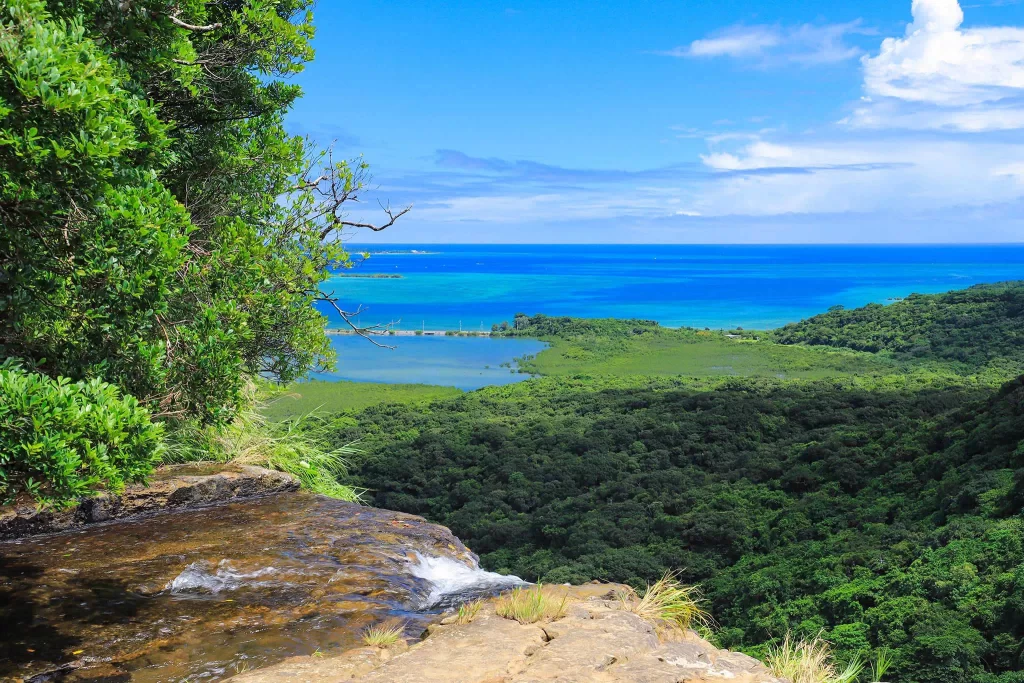
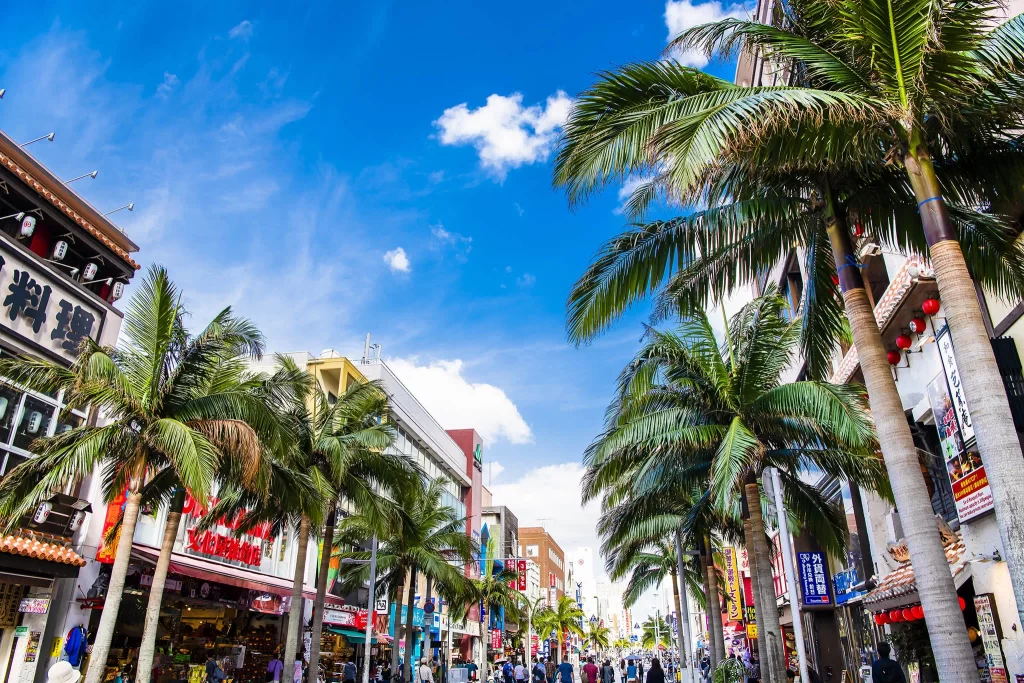
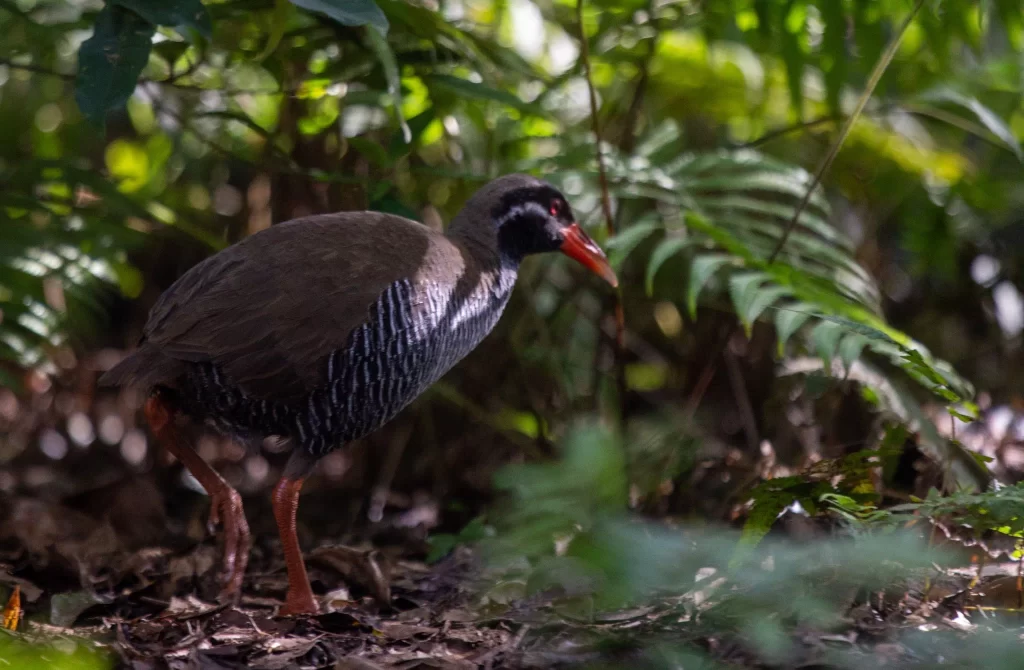


Text by Cherise Fong
Cherise Fong is a devoted bicycle traveler and eco-writer currently based in Tokyo.